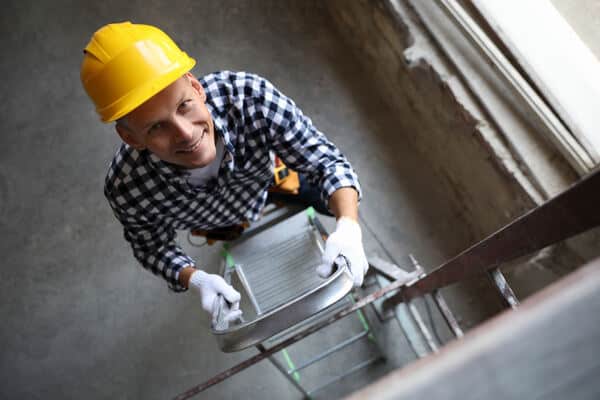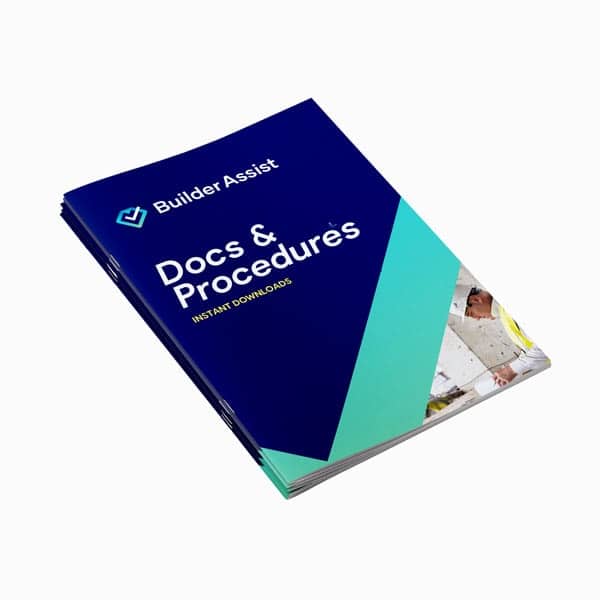
To get a better understanding of what a PCBU is in WHS, we will first look at what it stands for. Then, we'll go through how it relates to Work Health Safety.
What does PCBU stand for? In the realm of workplace health and safety (WHS), PCBU is an acronym that stands for "Person Conducting a Business or Undertaking."
Understanding the role of a PCBU is essential in creating a secure and healthy working environment.

By fulfilling their responsibilities and systematically managing health and safety risks, PCBUs contribute to the creation of safer workplaces and a healthier workforce.
What is a PCBU?
A PCBU encompasses any entity or individual who conducts a business or carries out any form of work. This includes non-profit organisations, government bodies, companies, and sole traders. They play a fundamental role in WHS management and have significant legal obligations to ensure the well-being of workers, visitors, and the public.
WHS responsibilities of a PCBU
The responsibilities of a PCBU are broad and all-encompassing. They are centred on the health and safety of all those affected by their business or undertaking. Some key responsibilities include:
- Providing Safe Workplaces: A PCBU is responsible for maintaining a safe and healthy work environment, free from potential hazards. This includes ensuring the availability of necessary resources, equipment, and training to promote safety.
- Consulting with Workers: PCBUs must actively engage workers and their representatives in WHS matters. Effective communication and consultation allow for the identification of risks and the development of suitable control measures.
- Risk Management: PCBUs actively assess and manage health and safety risks in the workplace. They must implement control measures to prevent or minimise potential harm.
- Implementing Policies and Procedures: PCBUs establish and implement policies, procedures, and safe work practices to guide workers in carrying out their tasks safely.
- Training and Instruction: Providing adequate training and instruction to workers is vital. PCBUs ensure that employees are competent and aware of the safe practices related to their roles.
- Coordinating with Other Duty Holders: In collaborative work environments, PCBUs liaise and cooperate with other duty holders. Such as contractors and suppliers, to ensure WHS responsibilities are fulfilled.
- Monitoring and Reviewing Safety Performance: PCBUs actively monitor WHS performance, regularly reviewing and updating safety processes to maintain a high standard of safety.
How Does a PCBU Manage Health and Safety Risks?
To effectively manage health and safety risks, a PCBU adopts a systematic approach that involves the following steps:
- Identifying Hazards: PCBUs actively identify potential hazards in the workplace by conducting comprehensive risk assessments. Hazards can be physical, chemical, ergonomic, or psychosocial in nature.
- Assessing Risks: After identifying hazards, PCBUs actively assess the risks associated with each hazard. This involves considering the likelihood and severity of harm that could result.
- Implementing Control Measures: PCBUs actively implement appropriate control measures to eliminate or minimise identified risks. Control measures may include engineering controls, administrative measures, and the use of personal protective equipment (PPE).
- Monitoring and Reviewing: A PCBU actively monitors the effectiveness of control measures and reviews risk assessments regularly. They make necessary adjustments to control measures as circumstances change or new risks emerge.
Providing a comprehensive Safety Management Plan will address these responsibilities.
A PCBU holds a crucial role in WHS, actively ensuring the health and safety of all workers and stakeholders. By fulfilling their responsibilities and systematically managing health and safety risks, PCBUs contribute to the creation of safer workplaces and a healthier workforce.
As a PCBU, being proactive in WHS management fosters a positive work culture and demonstrates a commitment to the well-being of those under your care.

Safety Management Plans (WHS)
Specifically designed for each trade starting up a business, these Work Health Safety Management Plans or WHS Management Plans, provide support with the management of Work Health & Safety in the workplace. Also referred to as Occupational Health & Safety (OH&S) the material provided in this section will assist with WHS/OHS management and training requirements for the workplace.


